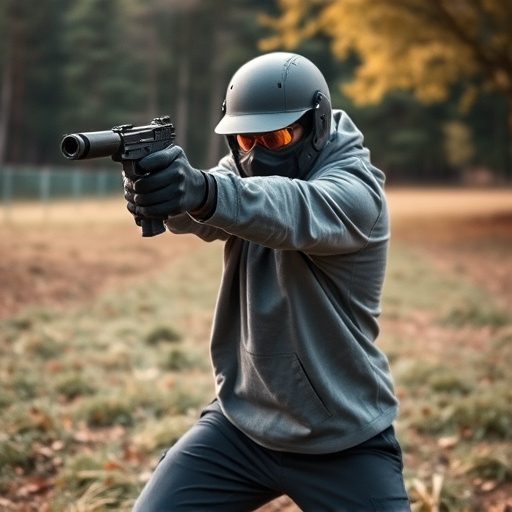Understanding and adhering to state laws on civilian taser ownership is crucial before purchasing a stun device, as regulations vary greatly. Many states permit ownership but have strict rules on permits, training, waiting periods, carry locations, and device types, especially for highly concealable designs targeting personal protection. These regulations aim to balance citizens' self-defense rights with public safety, leading manufacturers to create compact, lightweight models that mimic everyday items for discreet carrying. State laws are evolving to adapt to technological advancements in stun guns, ensuring responsible ownership while offering advanced self-defense options.
“Uncovering the legal landscape of civilian taser ownership is crucial for those seeking self-defense options. With varying state laws, navigating the rules can be a complex task. This comprehensive guide aims to demystify your rights and responsibilities regarding taser possession.
From understanding state regulations to exploring the most concealable stun gun designs with key features, we’ll cover all aspects. Learn about legal requirements for public carrying, background checks, permit systems, and exceptions. Additionally, discover emerging trends shaping civilian taser ownership laws, ensuring you stay informed in this evolving realm.”
- Understanding State Laws on Civilian Taser Ownership
- Most Concealable Stun Gun Design: Key Features
- Legal Requirements for Carrying a Taser in Public
- Background Checks and Permit Systems for Tasers
- Exceptions and Limitations in State Regulations
- Future Trends in Civilian Taser Ownership Laws
Understanding State Laws on Civilian Taser Ownership
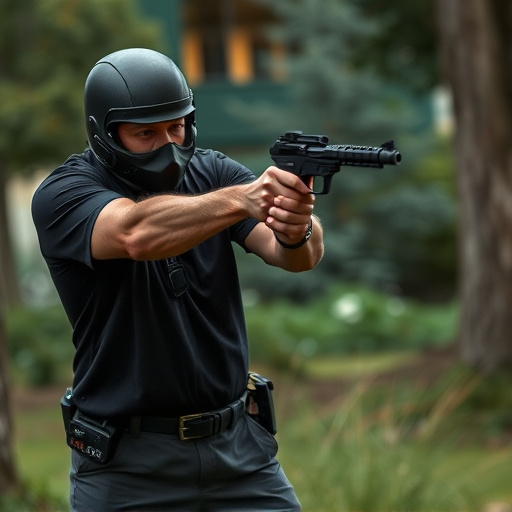
Understanding State Laws on Civilian Taser Ownership varies greatly across different regions, making it crucial for potential owners to research and comply with local regulations before purchasing a stun device. In many states, civilian taser ownership is legal but heavily regulated, often requiring permits or specific training certifications. Some states have strict guidelines on which types of stun guns are permissible, focusing on models that are considered the most concealable stun gun design for personal protection.
These laws cover aspects like permit requirements, waiting periods, and restrictions on where and how tasers can be carried. Owning a taser without meeting these legal obligations can result in severe penalties, including fines or even imprisonment. Therefore, it’s essential to stay informed about your state’s specific rules regarding taser ownership, ensuring you select the right device that aligns with local regulations and offers the best balance of power and concealability, such as the most concealable stun gun design currently available on the market.
Most Concealable Stun Gun Design: Key Features
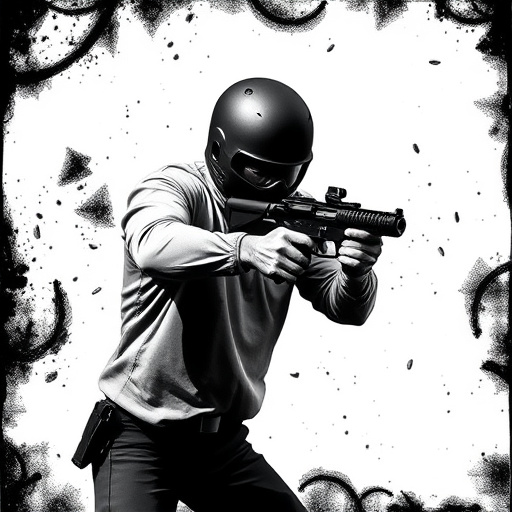
When it comes to the most concealable stun gun design, key features include compact size and lightweight construction for easy carrying. These stun guns are often designed to mimic everyday objects like keys, flashlights, or even fashion accessories to ensure they remain hidden from prying eyes. The ability to activate with a simple click or flick mechanism adds to their practicality, allowing users to respond quickly in self-defense situations without drawing unnecessary attention.
Furthermore, these stun guns typically incorporate high voltage and powerful electrical charges to ensure effectiveness in deterring potential attackers. Some models even feature advanced safety mechanisms to prevent accidental activation, enhancing user control and minimizing risk. The combination of concealment, ease of use, and power makes these stun guns a popular choice for individuals seeking personal protection while maintaining a low profile.
Legal Requirements for Carrying a Taser in Public
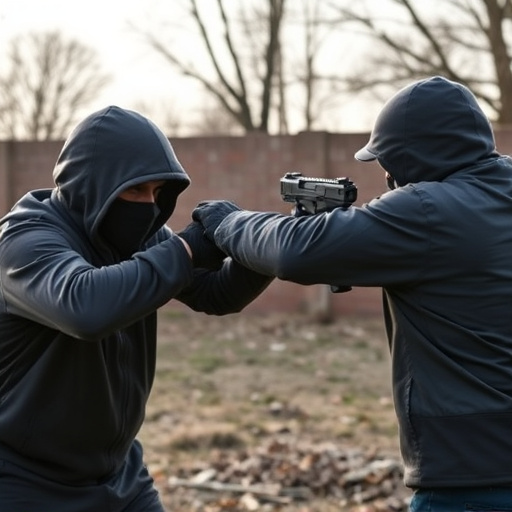
In many states, civilians can legally carry a taser for self-defense if they meet specific requirements. One of the key considerations is the type of taser and its design. The most concealable stun gun design typically includes compact size, lightweight build, and features that enable easy hidden carriage. These devices are often referred to as personal protection weapons (PPWs) or stun guns designed for discreet carry.
To legally own and carry a taser in public, individuals must usually obtain a permit or license from their local law enforcement agency. This process involves background checks, training requirements, and possibly an application fee. Some states have strict regulations regarding where and how these devices can be used, emphasizing responsible ownership and safety measures to prevent misuse.
Background Checks and Permit Systems for Tasers
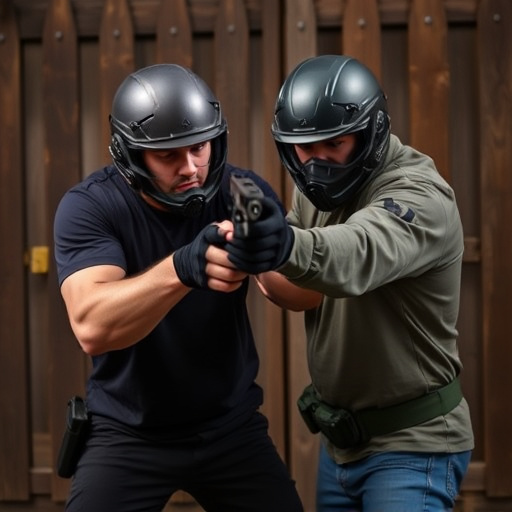
In many states, owning a taser, especially one designed to be highly concealable like the modern stun gun models, involves stringent requirements aimed at ensuring public safety. Background checks are a common component of these regulations, with potential owners required to undergo comprehensive screenings before acquiring such devices. This process helps identify individuals who may pose a risk to themselves or others, ensuring that only responsible citizens gain access to less-lethal self-defense tools.
Permit systems further strengthen the regulatory framework. Some states mandate that users obtain special permits for tasers, subjecting them to additional scrutiny and training requirements. These permits often come with specific conditions and limitations, such as allowing the carrying of stun guns only in certain locations or under particular circumstances. Such measures reflect a balanced approach to empowering citizens while maintaining order and preventing misuse.
Exceptions and Limitations in State Regulations
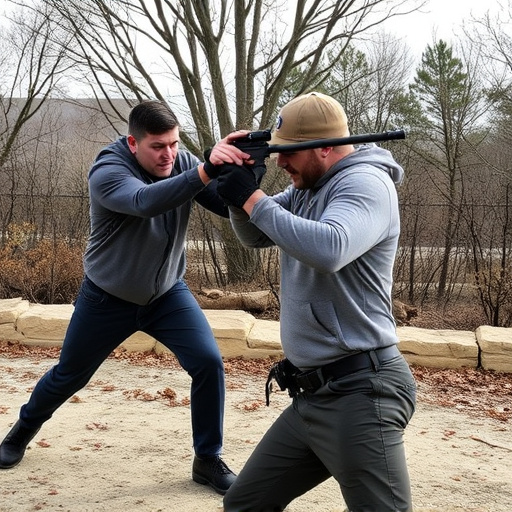
In many states, regulations regarding civilian ownership of tasers or stun guns have specific exceptions and limitations. One notable exception often pertains to law enforcement officers and security personnel who are typically allowed to carry these devices as part of their official duties. However, for regular civilians, state laws vary widely. Some states permit the ownership of stun guns but place restrictions on their use and carry, while others may allow them with a concealed carry permit, similar to firearms.
When it comes to the most concealable stun gun design, manufacturers have responded by creating compact, lightweight models that can easily fit in pockets or purses, making them less conspicuous than traditional stun guns. These advanced designs not only cater to those seeking personal protection but also respect state regulations by offering a balance between power and concealability.
Future Trends in Civilian Taser Ownership Laws
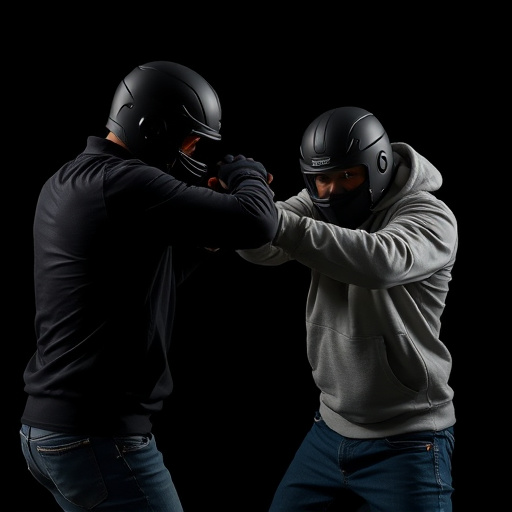
As technology advances, so too does the landscape of civilian stun gun ownership laws. One notable trend is the increasing focus on making stun devices more concealable, with designs that mimic everyday objects like flashlights or even fashion accessories. These innovations cater to individuals seeking self-defense options that offer discreetness and ease of carry without compromising effectiveness.
The push for more concealable stun guns reflects a broader societal shift towards personal safety and the desire to empower civilians with reasonable means of deterring potential threats. State laws are gradually catching up to these technological advancements, recognizing the need for flexible regulations that balance public safety and individual rights. This evolution in legislation ensures that citizens have access to modern self-defense tools while adhering to responsible ownership guidelines.
When considering civilian taser ownership, understanding state laws is paramount. Each jurisdiction has unique regulations regarding permit systems, background checks, and public carrying, with specific focus on the most concealable stun gun designs. While exceptions and limitations vary, navigating these laws is crucial for responsible ownership. As the landscape of taser legislation evolves, staying informed about future trends ensures individuals can exercise their rights while adhering to civil and safe practices.
